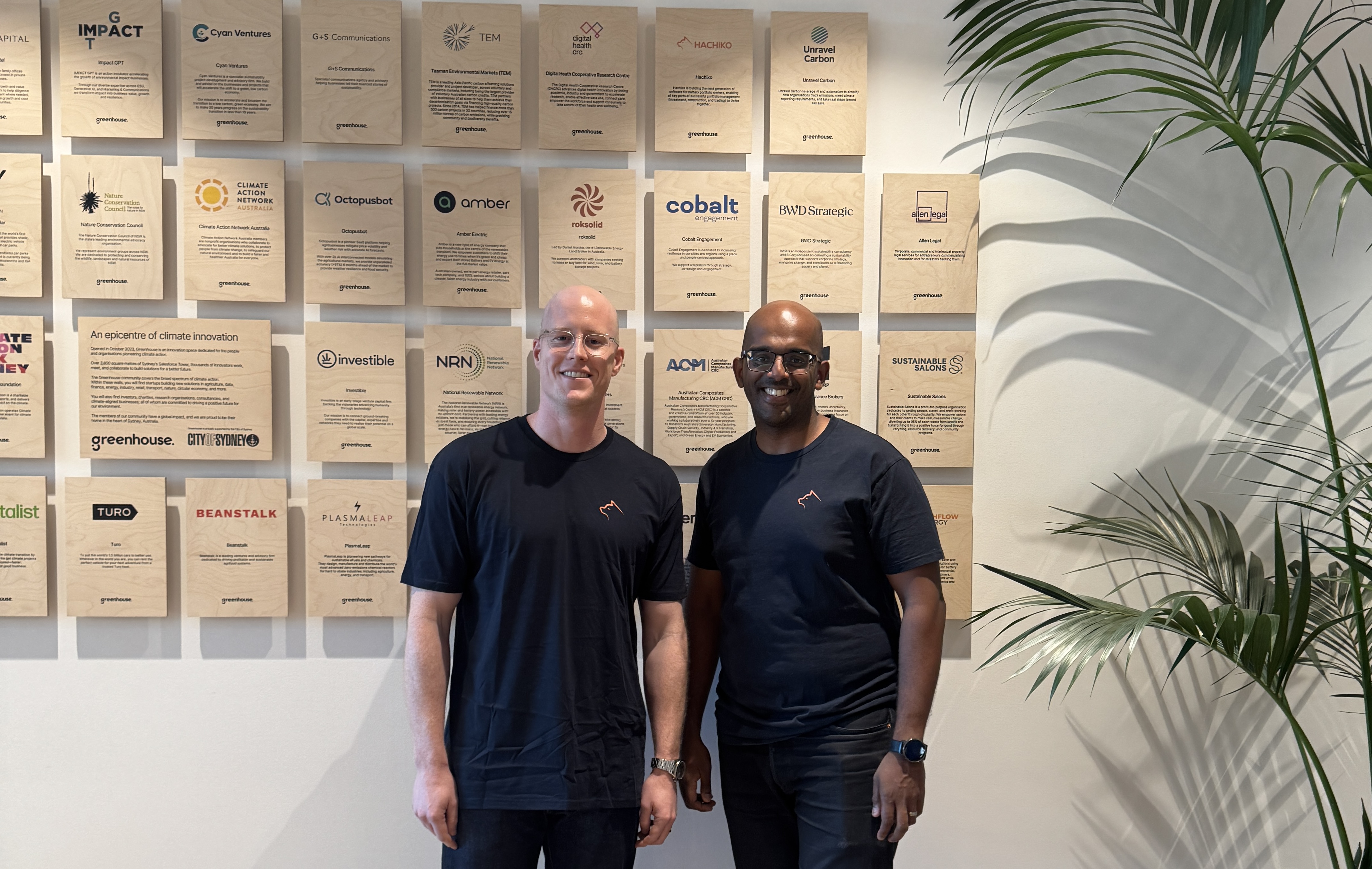.png)
Founders often ask me, “how do I generate a sense of urgency and some momentum such that my capital raise is closed in a reasonable amount of time?”
If the capital raising process drags on they get totally distracted from running their business, start panicking, and stress about running out of cash. The answer lies in following a well thought through capital raising strategy and a strong execution process.
Preparation and Planning
The more effort you put into this stage the more likely you are to create momentum for the subsequent stages of the process.
Planning begins with understanding why you are raising equity capital in the first place. The cheapest form of capital is of course revenue from customers; if you can bootstrap through to being cash flow positive that has some major benefits, but that is not always possible.
The angel investor and venture capital markets exist purely to bridge that gap between a business launching and being cash flow positive enough to sustain itself and support its growth aspirations.
So the first thing to work out is how much capital is required.
You will need to raise enough capital to comfortably get you to the next logical milestone for a subsequent capital raise (assuming one will be required). You not only need to get to the milestone but also allow time to comfortably complete the subsequent capital raise.
The quantum will be driven by the strategy and financial projections for the business and some of your projections will be based on assumptions (price points, cost of acquisition, demand, margins, client growth, churn rates etc.) with varying levels of validation. For those assumptions with low or no validation you should add some contingency.
Having built your profit and loss (P & L) projections you will need to build a cash flow forecast. This cash flow forecast will show you your lowest cash level and the runway (elapsed time) before you run out of cash. You also should think about the milestones that the business needs to hit (or assumptions you need to validate) in order to give investors confidence to invest again in the next round.
Keep in mind these milestones nearly always take longer than you think and you may need to pivot and begin validating a whole new set of assumptions. Another important consideration in terms of runway is “black spots” in the capital raising calendar. Here in Australia, I would never rely on being able to raise capital between Melbourne Cup day and the end of February – most investors disappear off the face of the earth during this period so it is a potentially fatal time to run out of cash.
Okay, so now you have a quantum for your raise. What’s next?
Pre-market
Now it is time to start to socialise your raise – remember, if you need 10 investors, you will need 100 in the pipeline. This phase should start as long as possible before the actual raise to give you time to bring investors on the journey and build some trust and a relationship before the raise begins.
It is also important to note that not any money is good money. As an early stage company you are still vulnerable and one bad investor could be potentially fatal. You want to get the highest quality investor you can. You want people who share your vision and understand and are supportive of the startup journey. Investors that can add more than just cash are ideal – they may have domain knowledge or experience, business skills, a valuable network, and potential connections to customers and other investors.
You will need to research and build a list of potential viable investors. Start with any existing shareholders first; get feedback in terms of advice on your upcoming capital raise. I always advise founders, if you want money ask for advice, if you want advice ask for money. So when socialising your raise you are asking for their input and advice.
It is also important to understand the market conditions you are entering. You could start to meet some VCs or ecosystem investors that you can talk to about your upcoming capital raise; it’s useful to test if they would be interested and if it fits their mandate, and what they would need to see in order to be excited about investing (for example validation, customer numbers, strategy, and so on). You may need to consider differentiating your pitch based on the investors you are pitching to (for example, existing shareholders have to make a different decision to a new investor coming in).
Launch your Campaign
The typical duration is usually three to six months from initial meeting to final close.
Having a cofounder at this stage can be an advantage if one founder is able to concentrate on raising and the other stays deep in the trenches running the business.
It is worth noting that if you are meeting with VCs, a referral is the best way to get their attention. It is a good idea to supply the words to the referrer to help them introduce you to others more powerfully. Start meeting your potential investors and lay out your plan: it’s important that you are driving the process and the timeframe. Let investors know you will be opening the data room for a particular time period, for example two weeks, and would expect to close a term sheet by two weeks after that. Check with them that they are able to meet your timeframe.
What ever you do, do not think you are not worthy – you are looking for the right investors, and you have a great business and a lot of upside. Following your pitch and a reasonable amount of Q&A, it is your time to turn the momentum of the meeting and to ask them a few questions.
- What are they looking for our of an Investment / Founder?
- Who have they invested in before?
- How have they worked / communicated with the Founder?
- Have they been able to add specific value to the Business?
- Can I talk to some of your investee companies?
- Can I see your term sheet?
Don’t get sucked in by the tyre kickers or info gatherers – if they can’t supply a term sheet they are probably not serious.
It is a good idea to ask them, “Do you want to keep you up to date as we raise?”
Have a Plan B
In setting your capital raise strategy it is also important to have a Plan B strategy. This will only be required if you have difficulty hitting the raise number and the process is dragging on too long. Have a plan that allows you to close early (below your target) and move on with your business – those who miss out may want to come in later.
There also may be certain investors (strategic/corporate) that it are better to keep off until later rounds. If they are slow to make their investment decision (which they generally are), close the round – you may be able to bring them in six months later at a higher valuation.
In summary here’s some dos, don’ts and minefields to avoid:
Don’t:
- Don’t assume it is going to be easy
- Don’t get personal
- Don’t burn a bridge
- Don’t give up
- Don’t stop building your data room. (it’s your living breathing asset)
- Don’t think you are not worthy, you are looking for the right investors, you have a great business and a lot of upside.
Do:
- Plan extensively and have strategy
- Be ready with your documents, legals, data and FAQs
- Get some early champion investors, use your champion investors.
- Get ten times coverage
- Start the process early
- Use PR at the right time
- Have two plans – One of full raise, one for lower raise
- keep investors updating and engaged
Minefields:
- Too many eggs in one basket / one iron in the fire.
- Not enough runways – cash dries up







